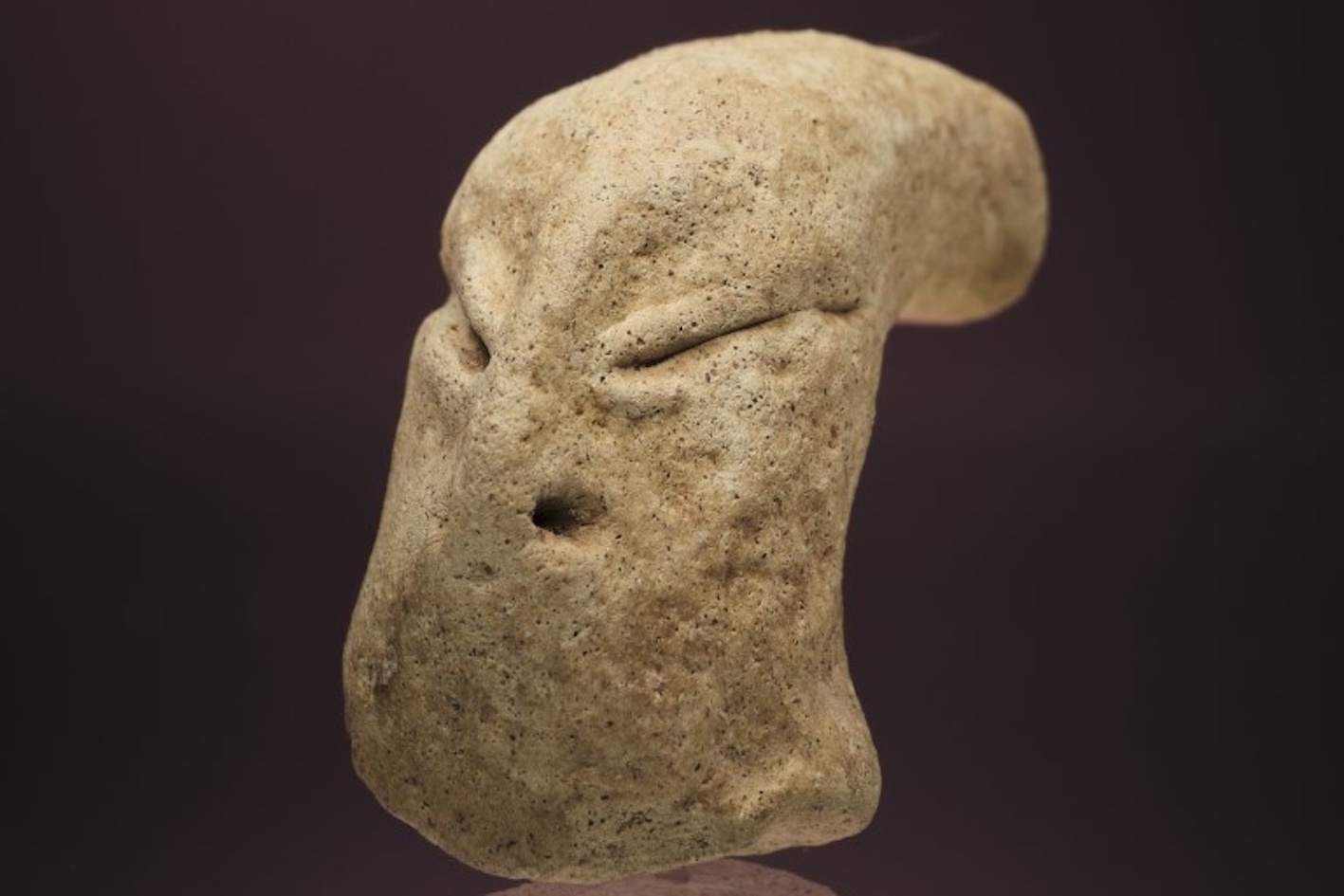Facing record-breaking heat and a dwindling water supply, Utah farmers are experimenting with innovative crops to sustain agriculture in the arid West.
Rancher Matt Redd, who operates Dugout Ranch near Canyonlands National Park, is among those leading the charge.
On Redd's ranch, one field grows alfalfa under wheel line irrigation, while an adjacent field is planted with Kernza, a drought-tolerant grain that requires far less water.
Even during Utah's scorching summer, Redd didn't irrigate the Kernza crop from July to September.
"It looks good. It looks productive," he told local radio station KUER. "And it's taken less than half the water we've used on our irrigated pasture."
Developed by Kansas-based agricultural researchers at The Land Institute, Kernza offers a sustainable alternative to traditional grains.
Its roots stretch over 10 feet deep, enabling it to survive prolonged droughts, improve soil health and prevent erosion. Unlike annual crops like wheat, Kernza is a perennial, eliminating the need for yearly replanting and reducing diesel fuel use.

The grain has already found its way into consumer products, from cereals to beer, offering new markets for farmers.
Redd, who also serves as the project director for The Nature Conservancy's Canyonlands Research Center, is testing Kernza on his ranch to assess its potential for large-scale use in Utah.
"Its potential to be both a grazing forage crop as well as a hay crop that uses less water—and takes less fossil fuels to plant—makes it a really good candidate for agriculture adapting to climate change in the Southwest," Redd said.
However, challenges remain, not least the higher cost of Kernza seeds and the fact that they take longer to establish than other crops.
Late last year, Redd planted his first 20 acres of Kernza and plans to expand with another field next spring.
The success or failure of these experiments could play a vital role in encouraging other farmers in the region to abandon water-guzzling crops like alfalfa.
The Colorado River, a vital water source for more than 40 million people that feeds Lake Powell and Lake Mead, has struggled in recent decades as agriculture and other water demands have piled up.
Irrigation uses more than half of the river's water, according to data shared by NASA and published in the journal Communications Earth & Environment earlier this year.
Alfalfa and other hay-like cattle feed consume most of that share—nearly a third of the river's total flow.
"It's well known that crop irrigation is the largest water user worldwide," Laura Rocchio wrote for NASA. "The Colorado River Basin is no different; crops consume three times more water than all other direct human uses combined (municipal, commercial and industrial)."
Redd envisions crops like Kernza, combined with advancements in irrigation technology, as key to securing the future of farming in Utah.
He added, "There's no single silver bullet that will solve the challenges we face in this changing world. But this is one piece of the puzzle that can help agriculture remain sustainable."
Do you have a tip on a science story that Newsweek should be covering? Do you have a question about the Colorado River? Let us know via science@newsweek.com.




















 English (US) ·
English (US) ·